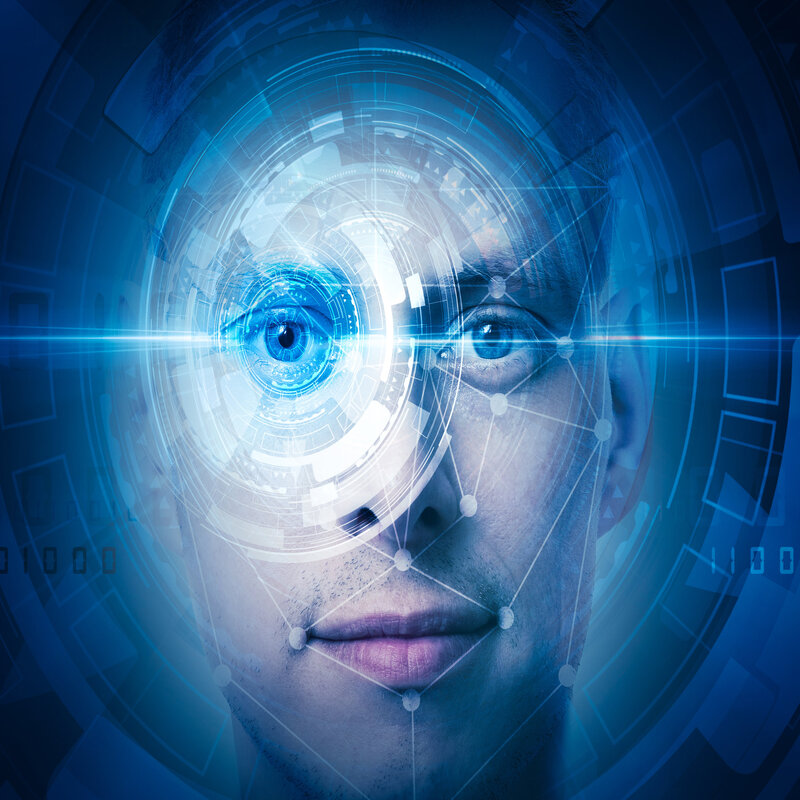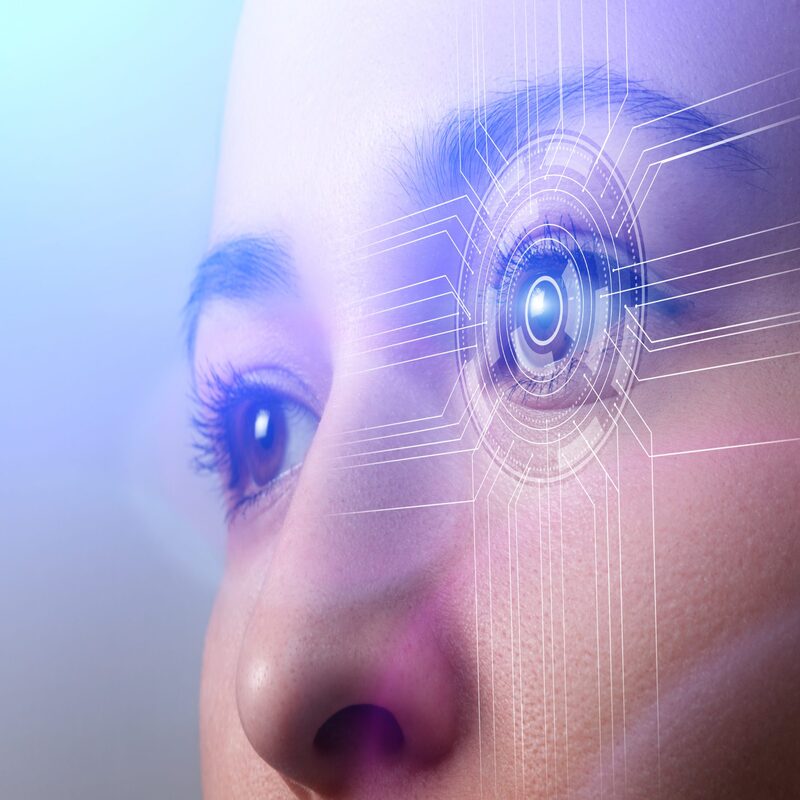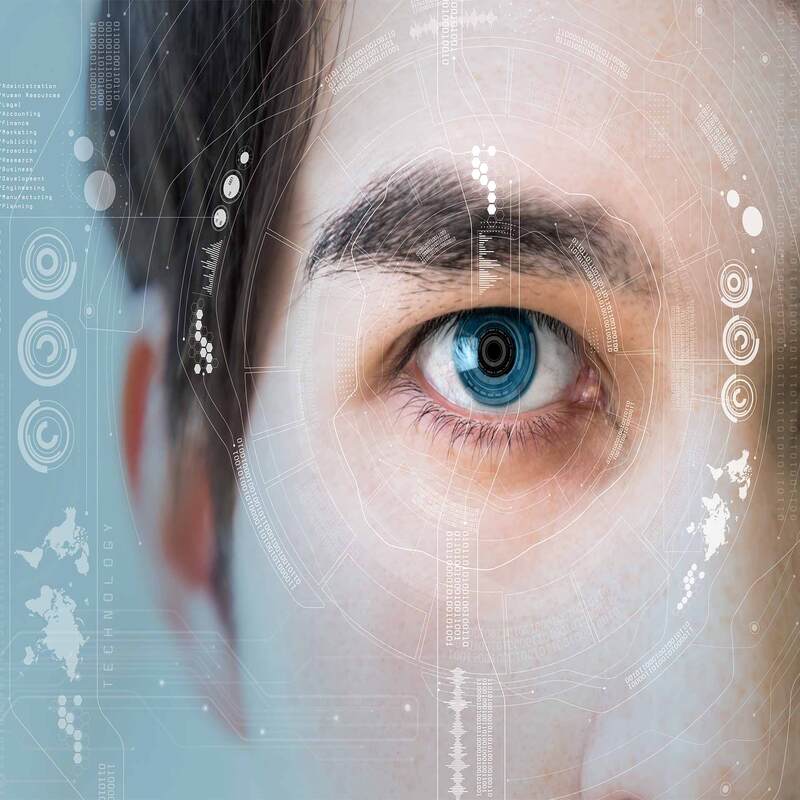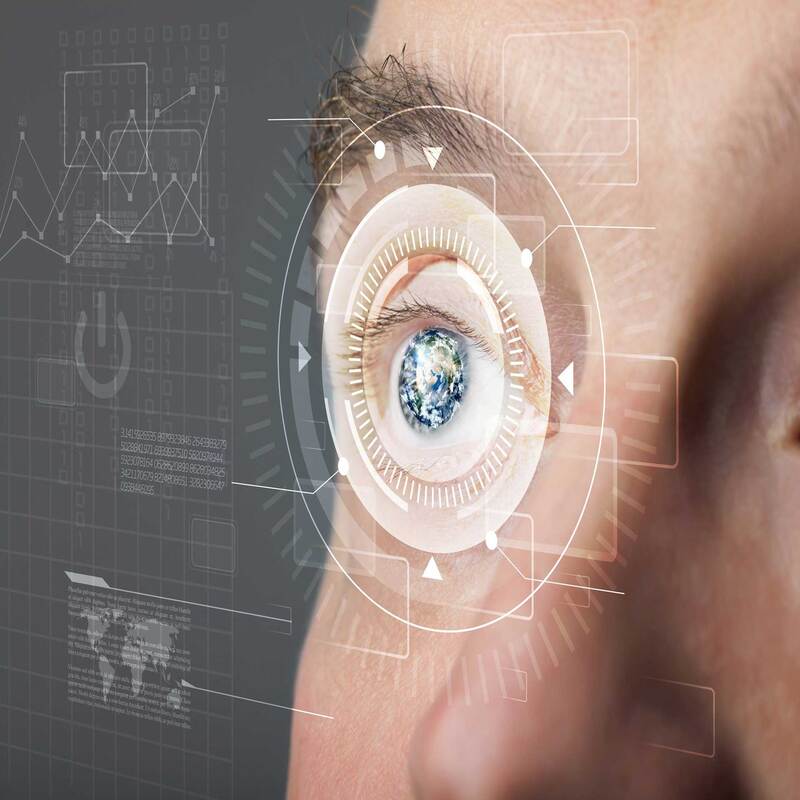Introduction to Iris Recognition Technology
Iris recognition stands at the forefront of biometric identification technologies. By using unique patterns in the iris, the colored part of the eye, it delivers unparalleled accuracy and security. This form of identification leverages the intricate, unique patterns displayed in each individual’s iris. It has been praised for its precision and reliability. Unlike fingerprints, iris patterns remain stable throughout life and are almost impossible to replicate or alter. Additionally, iris recognition systems can function under various environmental conditions, making them robust and versatile.
The Science Behind Iris Recognition
The science of iris recognition is grounded in advanced image processing and pattern recognition. By capturing an image of the iris, specialized algorithms analyze its features. These intricate features include rings, ridges, and freckles that are unique to every individual. This biometric technique entails a sophisticated process of mapping these unique features into a digital form. Then, the digital representation is stored in a database, enabling rapid and accurate authentication. A critical advantage of iris recognition is its resistance to false matches. Due to the complexity of the iris, no two individuals share the exact same pattern.
The History and Development of Iris Recognition
The development of iris recognition technology has been a cumulative effort spanning several decades. Practical applications began to emerge in the late 20th century. University researchers John Daugman and Leonard Flom conducted pioneering work in the 1980s and 1990s. They laid the ground for modern iris recognition systems. Their research established the foundation for the algorithms and techniques used today. As computational power increased, so did the feasibility of implementing these sophisticated systems. This technological advancement has significantly broadened the scope of biometric identification, including forensic and border security applications.

Applications of Iris Recognition Technology
Security and Law Enforcement
In the realm of security and law enforcement, iris recognition has proven indispensable. This reliable biometric method is often used for access control in high-security facilities. Unlike traditional identification methods, iris recognition systems provide rapid, accurate verification without requiring physical contact. Additionally, iris recognition has become a trusted tool for monitoring criminal suspects. Law enforcement agencies use it to authenticate identities accurately, minimizing the risk of mistaken identity. Moreover, these systems are increasingly integrated into public safety infrastructure. Border control and immigration checkpoints worldwide utilize iris recognition for seamless, efficient processing.
Commercial Uses
In the commercial sector, iris recognition technology finds numerous applications. The banking industry, for instance, employs it to enhance security for transactions and ATM access. By using iris recognition, banks ensure that authorized individuals gain access to sensitive financial information. In addition, many companies use this technology for both employee authentication and time management. It simplifies the check-in process while maintaining high security standards. Furthermore, airports and airlines often use iris recognition to streamline passenger verification. This improves both efficiency and safety during the boarding process. Beyond these examples, tech companies are also exploring innovative uses for this advanced biometric method.
Advancements and Challenges in Iris Recognition
Recent Technological Advancements
Iris recognition technology continues to evolve, with recent advancements significantly enhancing its capabilities. Researchers and engineers are continually working to improve the speed and accuracy of these systems. One notable development is the integration of artificial intelligence and machine learning techniques. These techniques analyze iris patterns with greater precision and adaptability. Additionally, the advent of more powerful sensors and cameras has enabled higher resolution captures. These provide more detailed images of the iris. Improved algorithms are also increasing the ability to authenticate individuals under challenging conditions. Enhanced systems can now identify irises even if they are partially obstructed or poorly illuminated.
Challenges and Limitations
Despite its many benefits, iris recognition technology faces certain challenges. One of the primary issues is the necessity for high-quality image capture. Environmental factors such as lighting and occlusions can impact accuracy. Another challenge is the potential for spoofing attacks, although advancements are being made to counteract these threats. The high cost of implementing iris recognition systems is another barrier, limiting accessibility for smaller businesses. Privacy concerns also arise, as individuals may be wary of biometric data collection. To mitigate these concerns, developers must employ stringent data protection measures. Moreover, integration with existing systems can be technically complex and require significant resources.

Ethical Considerations in Iris Recognition
Privacy Concerns
The deployment of iris recognition technology brings several ethical considerations, particularly around privacy. Collecting and storing biometric data can raise significant privacy concerns. Individuals may fear unauthorized access or misuse of their personal data. Additionally, because iris patterns are unique and immutable, a security breach could have lasting implications. To address these issues, developers and regulators must prioritize robust data protection measures. Encrypted storage and secure transmission of biometric data are essential. Transparent policies can also alleviate public concern. Ensuring individuals understand how their data is used and stored can foster trust and acceptance.
Legal and Regulatory Issues
Legal and regulatory frameworks are crucial in the ethical implementation of irises recognition technology. Various jurisdictions have different laws governing the collection and use of biometric data. Companies and agencies must navigate these regulations carefully to ensure compliance. Furthermore, international standards for data security and privacy must be adhered to. Regulatory bodies play a critical role in establishing these standards. They must balance the benefits of biometric technology with the need to protect individual privacy rights. Legal guidelines should be clear and enforceable. They should provide a comprehensive framework for both developers and users of this technology.
Integration with Other Biometric Systems
The future of iris recognition technology likely involves greater integration with other biometric systems. Combining multiple biometric identifiers can enhance security and accuracy. For example, systems that use both iris and facial recognition can provide dual verification. This reduces the risk of false positives and negatives. Multimodal biometric systems are gaining traction in various sectors. They offer robust solutions for identity verification in complex environments. Furthermore, integrating biometric systems with Internet of Things (IoT) devices presents exciting possibilities. This synergy can enable seamless, secure interactions across a multitude of platforms and applications.
Innovations in Mobile Technology
Mobile technology is playing a significant role in the evolution of irises recognition. Smartphones equipped with high-resolution cameras and advanced sensors can now perform iris scans. This capability allows for secure mobile transactions and authentication. Several smartphone manufacturers are incorporating irises recognition to unlock devices and secure applications. The portability and convenience of mobile irises recognition drive its adoption. Moreover, as mobile technology continues to advance, so will the capabilities of irises recognition systems. Future innovations may include real-time iris scanning for contactless payments and secure communications.

Emerging Applications
The potential applications for irises recognition technology are vast and continually expanding. Healthcare is one area poised for significant adoption. Irises recognition can assist in patient identification and access to medical records. This ensures that only authorized individuals can access sensitive information. Additionally, educational institutions are exploring the use of iris recognition for secure access and attendance tracking. The hospitality industry may also benefit from this technology. Hotels could use iris scans for secure room access and personalized services. As public awareness and acceptance grow, new and innovative applications will undoubtedly emerge.
Conclusion
Iris recognition technology represents a remarkable advancement in the field of biometric identification. Its unique blend of precision, security, and convenience makes it a valuable tool for various applications. From enhancing security in law enforcement to revolutionizing commercial processes, the impacts are far-reaching. Continuous advancements and adoption of artificial intelligence further enhance its potential. However, the challenges and ethical considerations warrant careful attention and responsible implementation. With robust regulatory frameworks and technological innovations, irises recognition is set to play a pivotal role in the future of secure, reliable identification.


